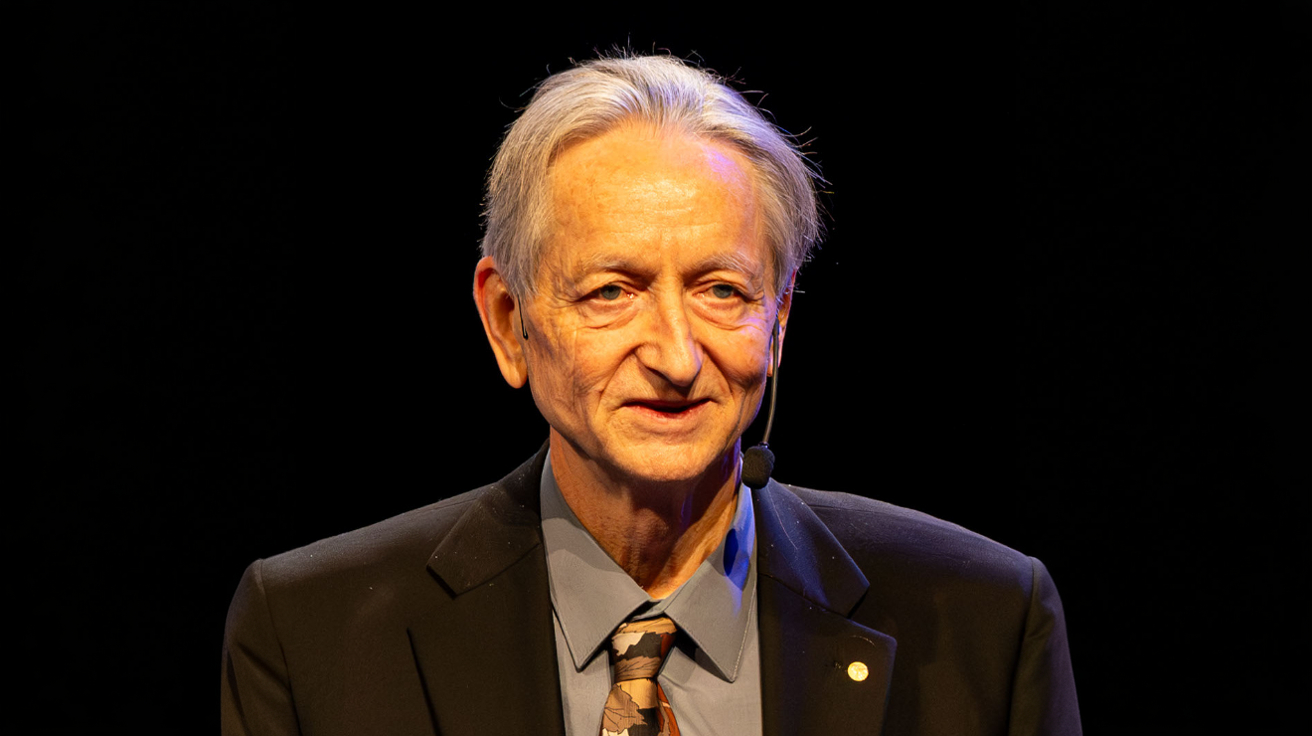Media and AI Fact-Checking
Akhbar el-Yom, Egypt, November 21
We have entered the inaugural year of artificial intelligence, a moment when the boundary between real and fabricated news, or between authentic and manipulated images and videos, has grown increasingly blurry. What, then, will the coming years bring when artificial intelligence becomes a weapon in the hands of those who seek to exploit it?
Artificial intelligence has already begun provoking division, stirring anger, and mobilizing people toward uncertain ends. The pressing question is how the media can safeguard public opinion against the deceptions produced by this technology. These warnings are not mine alone; they were raised by Geoffrey Hinton, the world-renowned pioneer often called the “father of artificial intelligence,” a man instrumental in developing this technology and a Nobel Prize recipient last year.
He cautions that AI may generate “digital beings” surpassing human capability or be deployed to create digital pathogens and autonomous weapons. Most alarming is its potential to produce “intellectual isolation” by feeding each user an individualized content bubble that reinforces only what they want to see. We witness this dynamic daily on platforms like TikTok: algorithms do not measure virtue or accuracy, only engagement, and they elevate content that draws attention—even when it is crude or misleading. Frivolous personalities become celebrities while serious content is pushed to the margins, allowing the very consciousness of societies to be reshaped from within.
Give the gift of hope
We practice what we preach:
accurate, fearless journalism. But we can't do it alone.
- On the ground in Gaza, Syria, Israel, Egypt, Pakistan, and more
- Our program trained more than 100 journalists
- Calling out fake news and reporting real facts
- On the ground in Gaza, Syria, Israel, Egypt, Pakistan, and more
- Our program trained more than 100 journalists
- Calling out fake news and reporting real facts
Join us.
Support The Media Line. Save democracy.


We are living in an era of lightning-fast information flow, and with it, both human and machine errors have multiplied. A journalist can no longer rely on a single source; verifying the fundamentals of the craft has become indispensable—cross-checking news with agencies, official statements, credible institutions, and authoritative digital platforms, while turning to open data repositories to expose contradictions and identify the truth. Verification now extends far beyond text. It includes advanced tools for detecting fabricated content, such as digital fingerprint analysis, image-data forensics, forgery-detection software, and reverse-image search. These tools do not guarantee perfect accuracy, but they provide critical signals that help journalists make sound professional judgments.
Modern newsrooms must cultivate teams trained to understand how language models generate text, how images and videos can appear natural while concealing subtle flaws, and how chatbots can “hallucinate” false information. The press has little choice but to keep pace with this runaway train by preparing a generation of researchers capable of analyzing the political and social contexts behind the news while updating academic curricula to build what may become the profession of the future: the “AI integrity checker.”
Humanity created the machine, and the machine will not erase the human role. The journalist will remain the “living conscience of artificial intelligence,” the custodian of values and principles amid the unrestrained logic of algorithms. Some jobs will vanish, and new ones will emerge—content algorithm engineers, audience-data analysts, and AI ethics monitors among them. Anyone who believes they can block information or impose total censorship is deluding themselves. The solution lies in cultivating discerning awareness and enforcing strict laws that punish manipulation. The real question is no longer whether we can halt artificial intelligence, but whether we possess the wisdom to use it without allowing it to use us. The answer begins with media capable of confronting falsehoods—and of producing truth.
Karam Gabr (translated by Asaf Zilberfarb)

